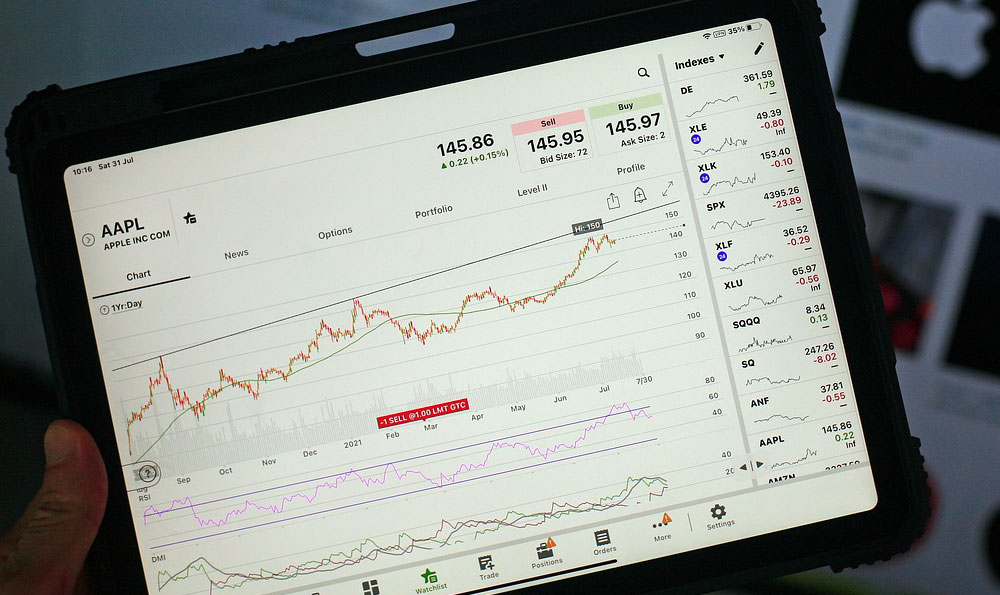
Keepbit, a tool designed for automated cryptocurrency trading based on predefined rules and market conditions, can sometimes trigger execution alerts that seem erroneous. These alerts can stem from a variety of factors, ranging from configuration errors to unexpected market volatility. Understanding the potential causes and troubleshooting methods is crucial for any user relying on Keepbit to manage their digital asset investments. When these alerts pop up, it's not simply a matter of ignoring them; rather, a systematic investigation is necessary to ensure the integrity of your trading strategy and the protection of your capital.
One common culprit behind erroneous Keepbit alerts is improper configuration of trading rules. This includes setting unrealistic price targets, using incorrect technical indicators, or establishing risk parameters that are too aggressive or too conservative for the prevailing market conditions. For instance, if your trading rule triggers a buy order when a cryptocurrency's Relative Strength Index (RSI) falls below 30, but the cryptocurrency is experiencing a sustained downtrend, the RSI may remain below 30 for an extended period, leading to repeated buy orders that deplete your capital. Conversely, a sell order triggered by an RSI above 70 during a strong uptrend might prematurely lock in profits, missing out on further gains. Therefore, meticulously reviewing and testing your trading rules with historical data is paramount before deploying them in a live trading environment. Backtesting, simulating your strategy on past market data, can reveal potential flaws and help you fine-tune your rules to improve their performance and reduce the likelihood of erroneous alerts. Pay close attention to the time frame used for calculating indicators and ensure that it aligns with your overall trading horizon. A short time frame may generate numerous false signals, while a long time frame might be too slow to react to rapid market changes.
Beyond configuration, the accuracy of market data provided to Keepbit is critical. Keepbit relies on data feeds from various cryptocurrency exchanges, and if these feeds are unreliable or delayed, it can lead to incorrect calculations and erroneous alerts. For example, if Keepbit receives stale price data, it might execute a trade based on a price that is no longer accurate, resulting in an unintended loss. To mitigate this risk, it's essential to choose reputable data providers and monitor the data feeds for any inconsistencies or delays. Furthermore, consider implementing a mechanism to verify the accuracy of the data against multiple sources before executing trades. This could involve comparing prices from different exchanges or using volume data to confirm the validity of price movements. Keepbit should also be configured to handle potential data outages or errors gracefully, perhaps by pausing trading activity or reverting to a conservative trading mode until the data feed is restored.

Market volatility itself can also trigger alerts that appear erroneous but are actually reflecting the unpredictable nature of cryptocurrency markets. Sudden price spikes or dips, known as "flash crashes," can activate stop-loss orders or trigger buy orders based on technical indicators, even if these actions are not aligned with your intended strategy. While such alerts might seem incorrect, they are often the result of the strategy reacting to real-time market conditions. To address this, consider implementing volatility filters in your trading rules. These filters can help to dampen the impact of extreme price swings and prevent premature activation of orders. You might, for example, use Average True Range (ATR) or Bollinger Bands to identify periods of high volatility and temporarily disable or modify your trading rules during these periods.
Another aspect to consider is the execution capabilities of the exchange where Keepbit is trading. Exchanges can experience periods of high congestion, especially during times of market volatility, leading to delays in order execution or even order failures. If Keepbit attempts to execute a trade based on a specific price but the exchange is unable to fulfill the order at that price, it can result in an alert indicating a failed execution or a significant price slippage. To minimize this risk, select exchanges with robust infrastructure and high liquidity. Spreading your trades across multiple exchanges can also help to mitigate the impact of congestion on any single platform. Furthermore, using limit orders instead of market orders can provide greater control over the price at which your trades are executed, although it may also increase the risk of the order not being filled at all.
Finally, maintaining a thorough understanding of Keepbit's functionalities and limitations is paramount. Each trading platform has its own nuances and potential quirks. Review the platform's documentation, participate in community forums, and engage with the Keepbit support team to stay informed about best practices and potential issues. Keeping your Keepbit software updated with the latest version is also crucial, as updates often include bug fixes and performance improvements that can enhance the reliability of the platform. Regularly monitoring your trading activity, reviewing your trade history, and analyzing the performance of your strategies are essential for identifying and addressing any underlying problems that might be contributing to erroneous alerts. By combining careful configuration, reliable data sources, volatility management, and a deep understanding of the trading platform, you can minimize the occurrence of false positives and maximize the effectiveness of Keepbit in achieving your investment goals while mitigating potential risks.





